Résumés Année 2014
"A luminescent molecular turnstile"
Nicolas Zigon, Patrick Larpent, Abdelaziz Jouaiti, Nathalie Kyritsakas and Mir Wais Hosseini, Dalton Trans, 2014, 43, 15779-15784. (download .pdf)
Abstract: A molecular turnstile 1 based on a hydroquinone luminescent hinge bearing two divergently oriented pyridyl units behaving as a rotor and equipped with a handle composed of a tridentate coordinating site considered as the stator was synthesized and its structure was studied in the solid state by X-ray diffraction on single crystal. Its dynamic behaviour in solution was investigated by 1- and 2-D NMR experiments which revealed the free rotation of the rotor around the stator. The rotational movement was locked upon addition of Pd(II) simultaneously complexed by the tridentate moiety of the stator and one of the two monodentate pyridyl sites of the rotor. Interestingly, whereas the open state of the turnstile was luminescent, for its closed state the emission was quenched by the heavy atom effect of Pd(II).
 |  |  |  |
"Molecular tectonics based nanopatterning of interfaces with 2D metal-organic frameworks (MOFs)"
M. El Garah, A. Ciesielski, N. Marets, V. Bulach, Mir-Wais Hosseini, Paolo Samorì, Chem. Commun., 2014, 50, 12250-12253. (download .pdf)
Abstract: The nanostructuring of graphite surface with 2D coordination network, based on a combination of an acentric porphyrin tecton bearing two divergently oriented monodentate pyridyl units and CoCl2 metallatecton, behaving as a four connecting node, was achieved at the solid-liquid interface and characterized by scanning tunnelling microscopy.
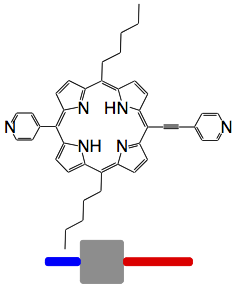 |  | 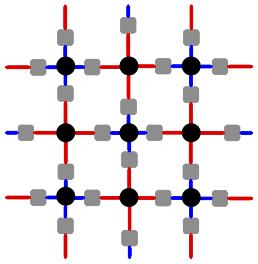 | 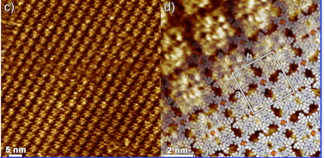 |
"Phase Transition of a Perovskite Coupled to the Vacuum Field"
S. Wang, A. Mika, J. Hutchison, C. Genet, A. Jouaiti, M. W. Hosseini and T. W. Ebbesen, Nanoscale, 2014, 6, 7243-7248. (download .pdf)
Abstract: Phase transitions and associated hysteresis are a common occurrence in nature and of technological importance. Here the phase transition of the perovskite type salt [Pb(II)I42-,(C12H25NH3+)2] is studied under strong coupling to the vacuum field inside a micro-cavity. The hysteresis and the dynamics in the phase transition are significantly modified due to the lowering of the ground states of the two phases. As a consequence the transition barrier is increased and the hysteresis loop is enlarged, demonstrating the potential of controlling the electromagnetic environment of a material.
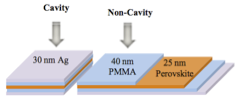 | 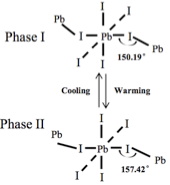 | 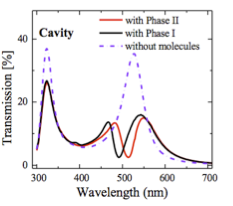 | 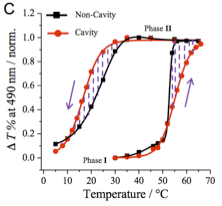 |
"Template synthesis of cone conformer of tetrakis-1,2,3-triazolylthiacalix[4]arene and crystal structure of its silver(I) hexanuclear complex"
A. Ovsyanikov, N. A. Epifanova, E. V. Popova, N. Kyritsakas, S. Ferlay, M. W. Hosseini, Sh. K. Latypov, S. E. Solovieva, I. S. Antipin, and A. I. Konovalovi, Macroheterocycles 2014, 7, 189-195. (download .pdf)
Abstract: A stereoselective synthesis of the cone stereoisomer of thiacalix[4]arene bearing four triazolyl coordinating sites at the lower rim 2 has been achieved by the 1,3-dipolar cycloaddition of p-nitrophenylazide to tetrakis-(propargyloxy)thiacalix[4]arene 1 in presence of copper (I) iodide. A combination of 2 with AgNO3 leads to the formation of a hexanuclear silver (I) complex with the M:L ratio of 6/2. The latter forms a 3D π-bonded molecular network in the crystalline phase.
 | 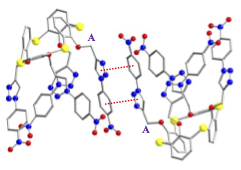 |  |
"Optical reading of the open and closed states of a molecular turnstile"
Nicolas Zigon, Patrick Larpent, Abdelaziz Jouaiti, Nathalie Kyritsakas and Mir Wais Hosseini, Chem. Commun., 2014, 2014, 50, 5040-5042. (download .pdf)
Abstract: A molecular turnstile composed of a hydroquinone based rotor and a stator bearing a tridentate coordinating site can be reversibly switched between open and closed states. The locking and unlocking processes may be red optically.
 |  |  |
"Rigid yet flexible heteroleptic Co(III) dipyrrin complexes for the construction of heterometallic 1- and 2-D coordination polymers">
Antoine Béziau, Stéphane A. Baudron, Dimby Rasoloarison and Mir Wais Hosseini, CrystEngComm, 2014, 16, 4973-4980. (download .pdf)
Abstract: A series of four discrete complexes of the (acac)Co(dpm)2 or (hfac)Co(dpm)2 type incorporating either the 3- or 4-pyridyl appended dipyrrin (dpm) ligand has been prepared, characterized and employed as metallatectons for the construction of heterometallic coordination polymers (CPs) upon combination with CdX2 salts (X = Br, Cl). For these species, the Co(III) center, in an octahedral environment, is coordinated to two dpm chelates and an acetylacetonate based capping ligand (acac or hfac). For both the metallatectons and the infinite CPs, a rotation around the N-N chelate hinge is responsible for different shapes adopted by the dpm moiety and hence different orientations of the peripheral pyridyl units. This behaviour does not seem to arise from the nature of the capping ligand (acac or hfac), the position of the peripheral pyridyl unit (3- or 4-) nor the nuclearity of the CdX2 nodes. Depending on the shape of the metallatecton and the orientation of the coordinating sites, 1D networks composed of metallamacrocyclic moieties and 2D grid type coordination polymers are obtained.

"A silver bite: crystalline heterometallic architectures based on Ag-pi interactions with a bis-dipyrrin zinc helicate"
H. Ruffin, S. A. Baudron, D. Salazar-Mendoza, M. W. Hosseini Chem. Eur. J., 2014, 20, 2449-2453 . (download .pdf)
Abstract: An unprecedented mode of assembly of helical motives and AgI ions in the crystalline state is described. The combination of a ZnII helicate based on a 2,2’-bisdpm bearing peripheral benzonitrile moieties with AgX salts, leads to the formation of a tetranuclear core containing Ag–pi interactions. Depending on the coordinating ability of the X- anion and the solvents used, the tetranuclear complex self-assembles into coordination polymers of varying dimensionality. From the sequence of coordina- tion events (Ag–p or Ag–peripheral site), one may envis- age two possible construction scenarios. However, the Ag–p as primary event seems reasonable owing to the rather weak binding propensity of the nitrile group and the chelating nature of the p-clefts.
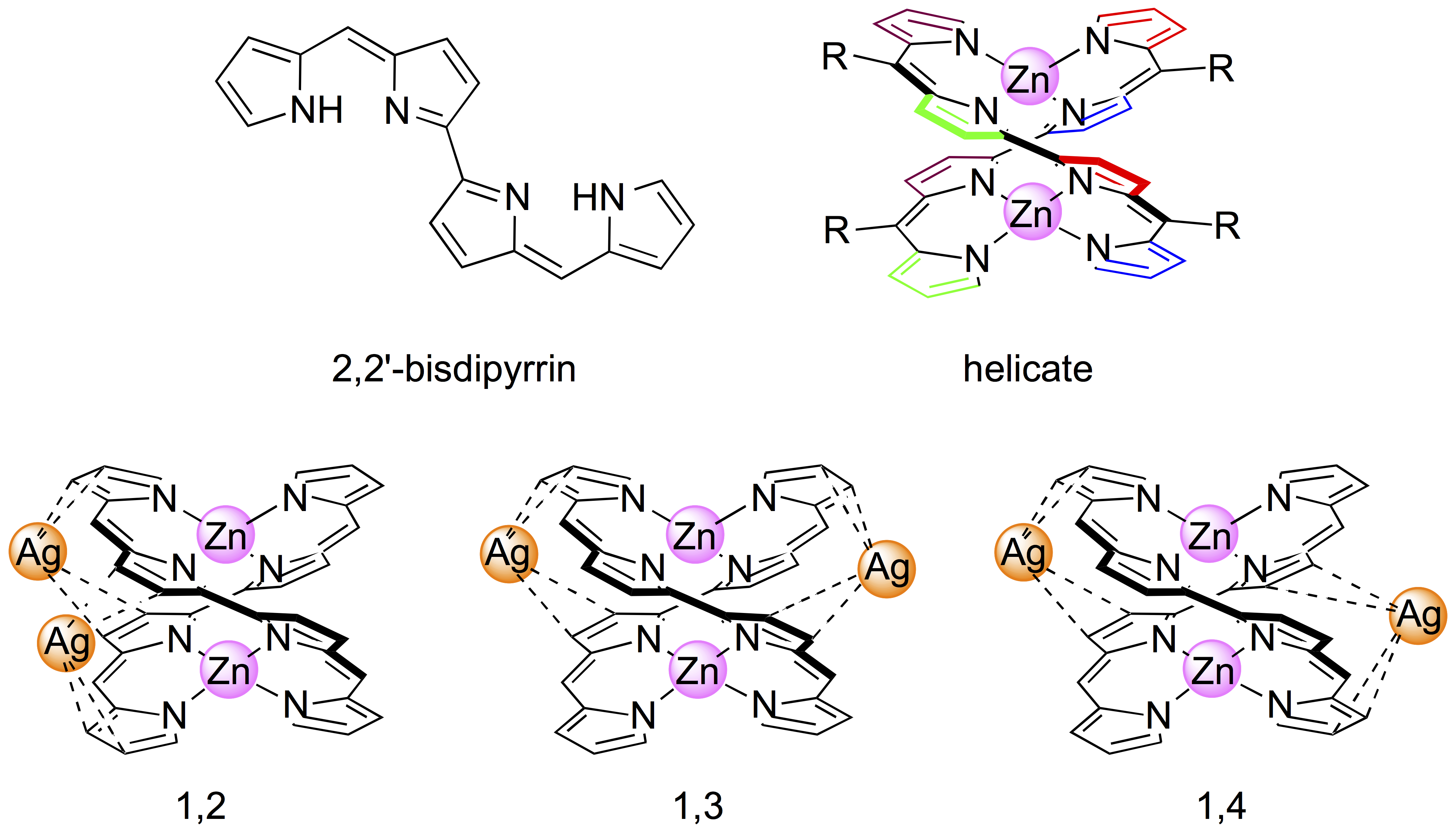 |  |
"Molecular tectonics: generation of grid and porous diamondoid coordination networks by combining metal halides with tetrathiacalix[4]arene and tetrathiatetramercaptothiacalix[4]arene pyridyl appended tectons"
A. Ovsyannikov, S. Ferlay, S. E. Solovieva, I. S. Antipin, A. I. Konovalov, N. Kyritsakas, and Mir Wais Hosseini CrystEngComm, 2014, 3765-3772. (download .pdf)
Abstract: Combinations of neutral tetrakis meta-pyridyl appended calix[4]arene derivatives in 1,3-A conformation as tectons 3 (Tetrakis-meta-pyridyl-tetrathiacalix[4]arene) and 4 (Tetrakis-meta-pyridyltetrathiatetramercaptocalix[4]arene) with MX2, behaving as a neutral metallatecton, lead to the formation of 2- and 3-D neutral coordination networks. In all cases, the metal centre adopts a distorted octahedral geometry with the two anions occupying the two apical positions. For the compound 3-CdX2 (X = Cl or Br), 4-CdBr2 and 4-FeCl2 similar porous diamondoid 3D networks, resulting from tetrakis monodentate behaviour of the organic tectons, are formed. In marked contrast, for 4-CoX2 (X = Cl or Br), only two out of the four pyridyl units take part in the connectivity pattern leading thus to the formation of 2D grid type architectures.
 |  |
"Molecular tectonics: homochiral coordination networks based on combinations of a chiral neutral tecton with Hg(II), Cu(II) or Ni(II) neutral complexes as metallatectons"
P. Larpent, A. Jouaiti, N. Kyritsakas, M. W. Hosseini, Dalton Trans., 2014, 2000-2006. (download .pdf)
Abstract: The use of compound 1 as an enantiomerically pure neutral and rigid organic linear tecton bearing two divergently oriented monodentate coordinating sites appended with two chiral centres of the same (S) configuration leads in the presence of neutral metal complexes behaving either as a linear (Cu(hfac)2, Cu(OAc)2)) or a V-shape (HgCl2) 2-coonetcting node or a 4-connecting square node (NiCl2) to the formation of four homochiral 1- and 2-D coordination polymers.
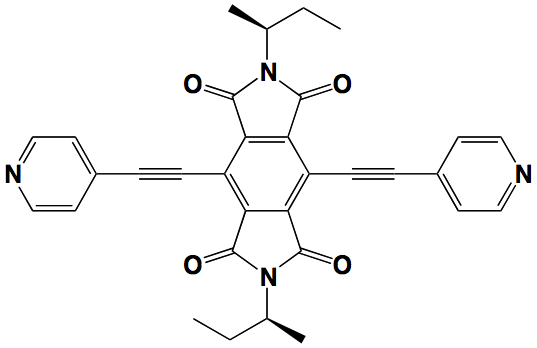 |  |  |
"Molecular tectonics: enantiomerically pure 1D stair-type mercury coordination networks based on rigid bismonodentate C2-chiral organic tectons"
P. Larpent, A. Jouaiti, N. Kyritsakas, M. W. Hosseini, Dalton Trans., 2014, 166-172. (download .pdf)
Abstract: Combinations of three enantiomerically pure organic chiral linear tectons bearing two divergently oriented pyridyl units as coordinating poles with HgCl2 as a two-connecting V-shape metallatecton offering two free coordination sites lead to the formation of stair-type 1D enantiomerically pure mercury coordination networks.
 | 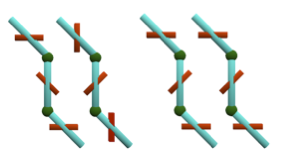 |  |
"Molecular tectonics: anion control of dimensionality and connectivity in meta-pyridyl appended tetramercaptotetrathiacalix[4]arene based silver coordination networks"
A. Ovsyannikov, S. Ferlay, S. E. Solovieva, I. S. Antipin, A. I. Konovalov, N. Kyritsakas, and Mir Wais Hosseini Dalton Trans., 2014, 158-165 (download .pdf)
Abstract: The combination of the same organic tecton 1, a meta-pyridyl appended tetramercaptotetrathiacalix[4]arene in 1,3-alternate conformation offering four pyridyl units and eight thioether groups, with AgX (X= BF4-, NO3- and SbF6-) silver salts leads, under identical conditions (concentration, temperature and solvent system), to the formation of different silver coordination networks. Both the connectivity and the dimensionality of the three silver coordination networks depend on the nature of the anion used as counter ion. Whereas for the weakly coordinating BF4- anion, the latter does not participate in the formation of the non-tubular 1D coordination network, the coordinating NO3- anion is bound to the metal cation and leads to the formation of a tubular 1D silver coordination network. For both cases, the eight S atoms of the tecton 1 do not take part in the binding of the cation. In marked contrast, when SbF6- anion is used as counter ion, the organic tecton 1 behaves as a tetrakismonodentate through its four meta-pyridyl moieties and as a bischelating unit of the SCCS type leading thus to the formation of a porous 3D diamondoid-type network.
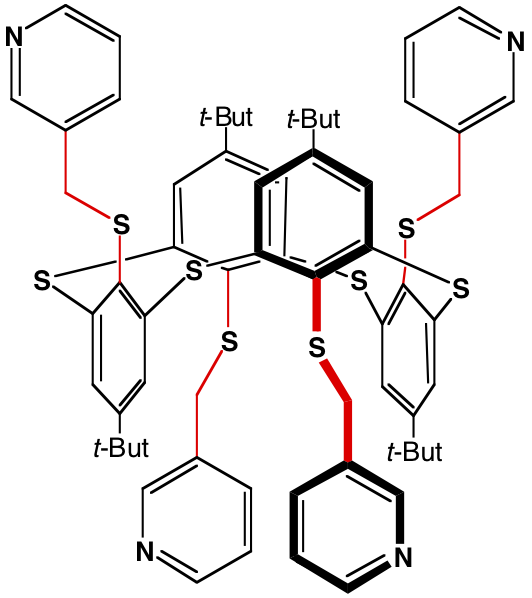 |  |  |
"Organometallic turnstiles: acid and base locking and unlocking"
N. Zigon, A. Guenet, E. Graf, N. Kyritsakas, M. W. Hosseini, Dalton Trans., 2014, 152-157. (download .pdf)
Abstract: A symmetrical organometallic Pt(II) based molecular turnstile 1, composed of a rotor bearing two benzonitrile units as coordinating sites and a stator equipped with a dianionic tridentate coordinating pole, undergoes a reversible switching process between two open and one close states. In the absence of an effector, the turnstile is in its open state defined by the free rotation of the rotor around the stator. In the presence of Pd(II), the latter is simultaneously complexed by both the rotor and the stator (1-Pd) leading to the first close state owing to locking of the rotational movement. The turnstile can be unlocked to its second open state 1-Pd-DMAP by addition of para-dimethylaminopyridine (DMAP) behaving as an external competitive ligand replacing the bound benzonitrile in the coordination sphere of the Pd centre. Upon addition of PdCl2(CH3CN)2, a competitive metal complex to remove DMAP, the turnstile is switched back to its close state. The same process can also be achieved upon addition of MsOH causing the protonation of DMAP into DMAP-H+ and its decomplexation and replacement by one of the two benzonitrile groups of the rotor. Finally, the deprotonation of DMAP-H+ by addition of Et3N as a base regenerates the second open state of the turnstile.
 |  |  |


